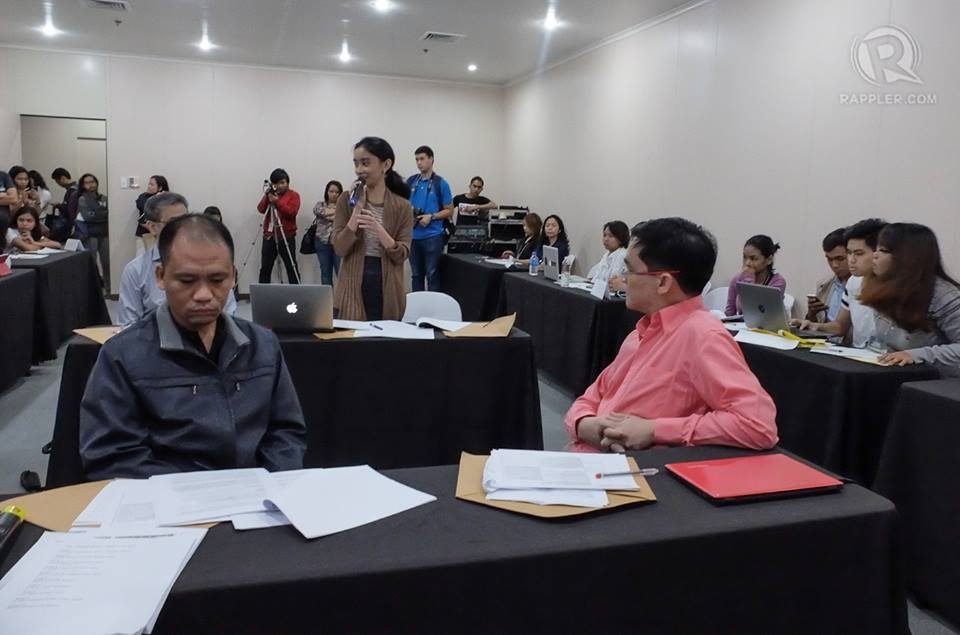SUMMARY
This is AI generated summarization, which may have errors. For context, always refer to the full article.

MANILA, Philippines – Reviving agriculture can address dood security and poverty problems, but the lack of available agricultural land, especially in urban areas where there are poor communities, has hindered this.
This obstacle inspired a group of professionals to tap into the technology of water farming, which would allow landless people in urban slums to develop mini farms – sources of both food and livelihood.
“[Through] Barangay Aquaponics, [we intend] to [provide] our potential beneficiaries such training and access to aquaponics so they grow their [own] food and food for their communities,” project proponent Robi Del Rosario said during Rappler and United Nations Development Programme’s Social Good Summit workshop on Saturday, September 24.
Aquaponics is an agricultural technique that cultivates plant products in water infused with nutrition through the conventional aquaculture method.
The mentors will select the group which has the best "hack" to solve food, agri & poverty alleviation for incubation. #2030Now #HackSociety pic.twitter.com/qHozQXGhZh
— WFP Philippines (@WFP_Philippines) September 24, 2016
Empowering barangays
What the project intends to do is to train as many poor barangays in Metro Manila as it can to cultivate crops that they can later sell to nearby restaurants and similar establishments.
Project proponents will help connect these people – through technology – to nearby clients who may want a supplier of fresh greens.
“Once we mobilize as many barangays, we will be utilizing a mobile [application] to help more barangays connect to restaurants,” said Del Rosario.
Having practiced aquaponics, the group also ensured that the products their communities will cultivate will be healthy and chemical-free.
Currently, the group has piloted the technique among two families in Antipolo, Rizal. Del Rosario said that this has helped the families save P700 to P800 a month because they get their vegetables from their water-based backyard.
Diversifying product
Martin Parreno of the United Nations World Food Programme lauded the group’s pitch, which won the workshop, out of 7 proposals.
“It’s innovative because it is a soilless type of technology. This related to the FAITH (Food always in the home) one-foot square meter lot in your backyard. But this is only applicable to rural areas [with available lands] and not in the urban area,” Parreno said.
During the workshop, Parreno recommended that the group look into diversifying its products.
“[When it comes to] malnutrition, we need to think about the diversity of our diet. We need at least 9 to 12 food groups so that we can say it is adequate [nutrition],” he said in a mix of English and Filipino.
“They need to look at how do they diversify their products so that everyone can have their own food,” he said. – Rappler.com
Add a comment
How does this make you feel?
There are no comments yet. Add your comment to start the conversation.